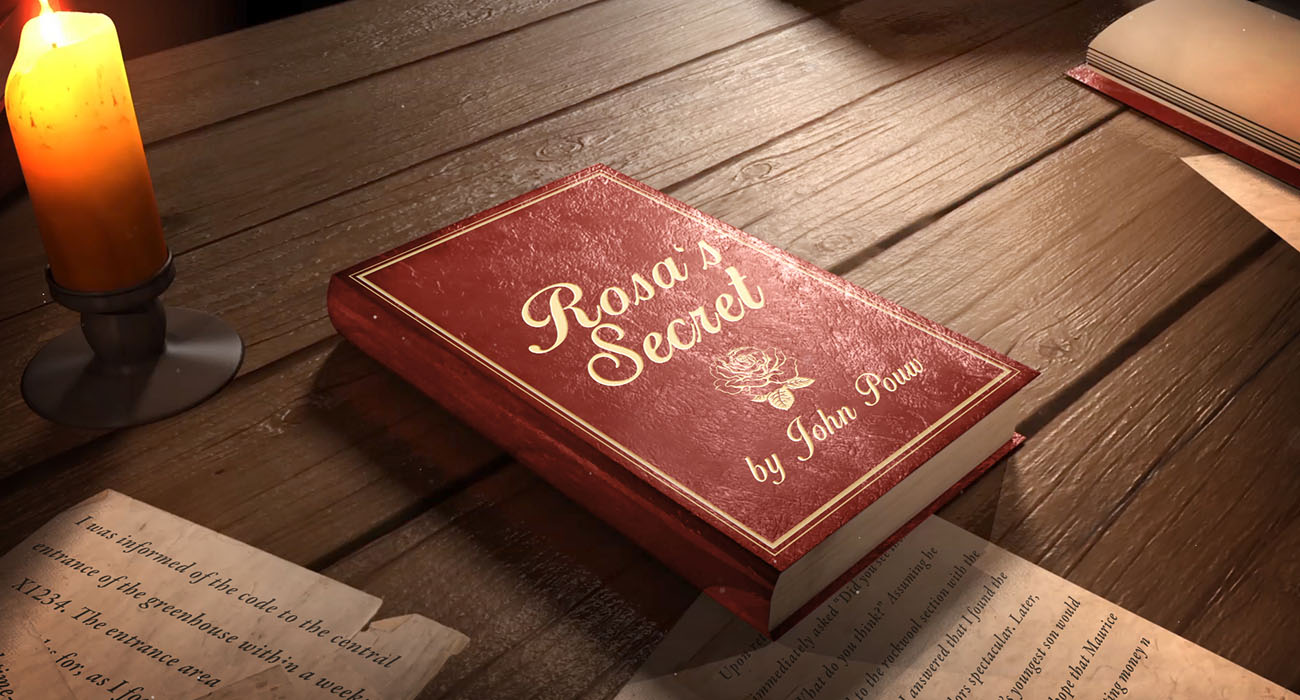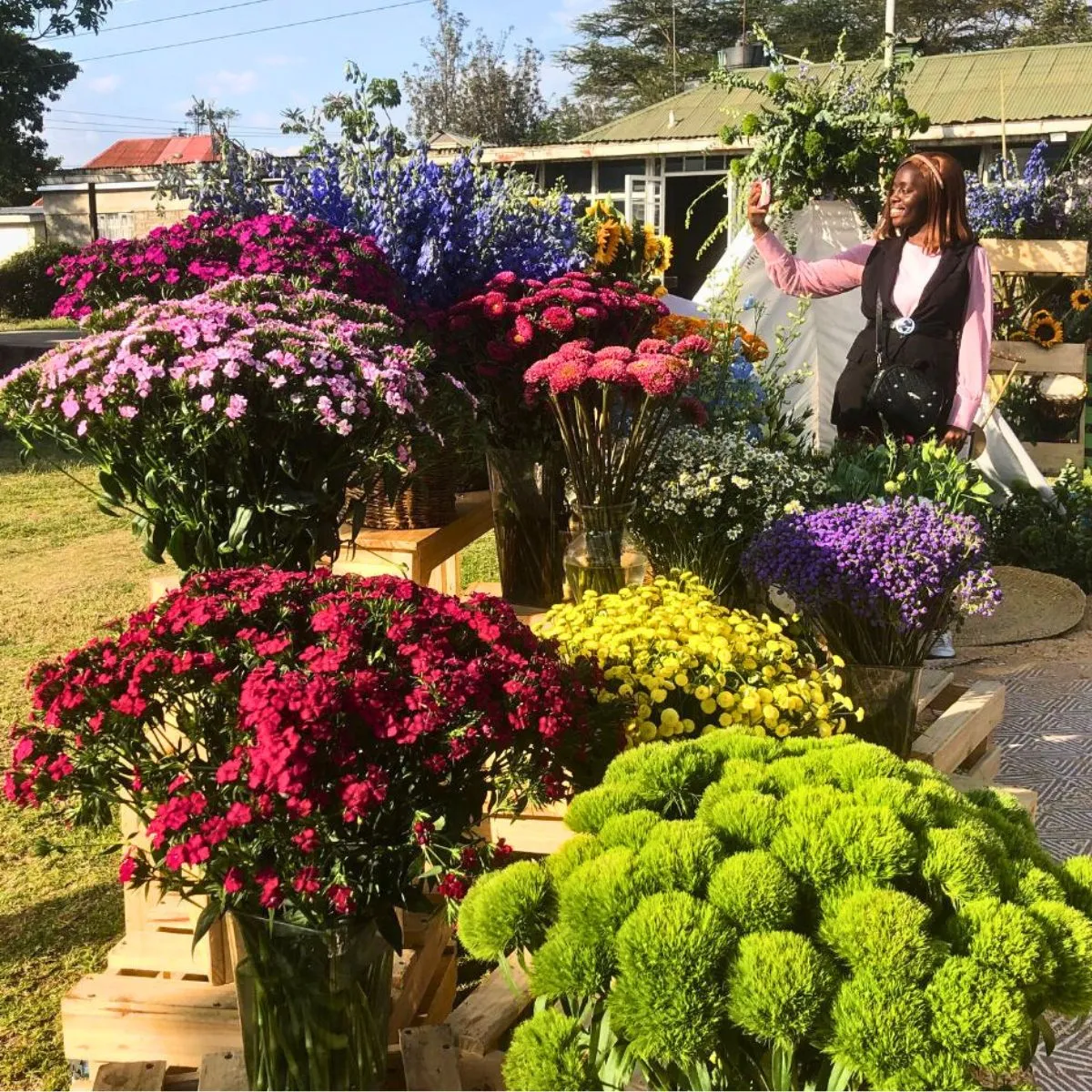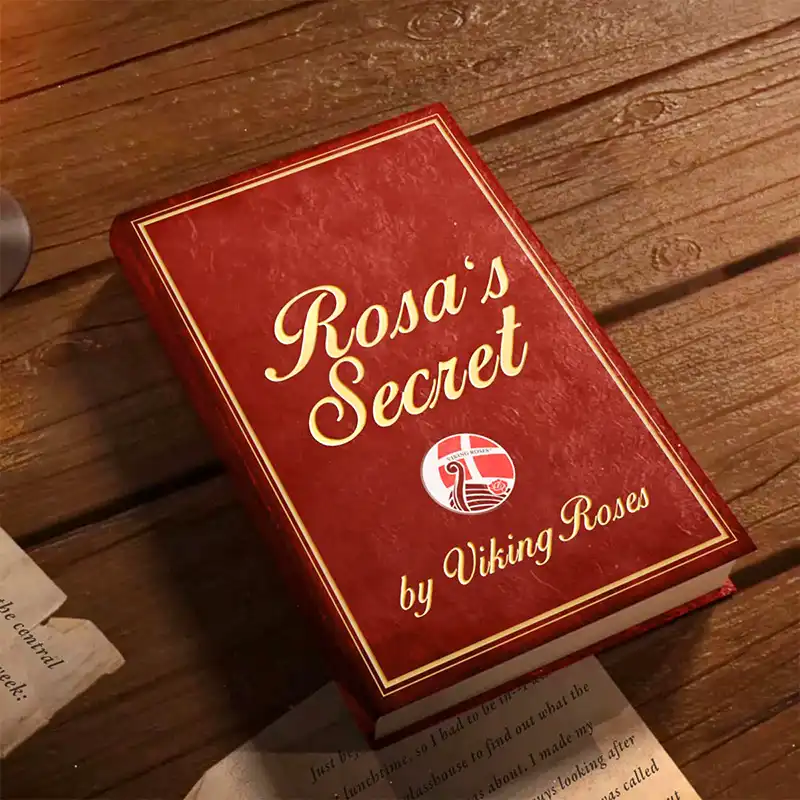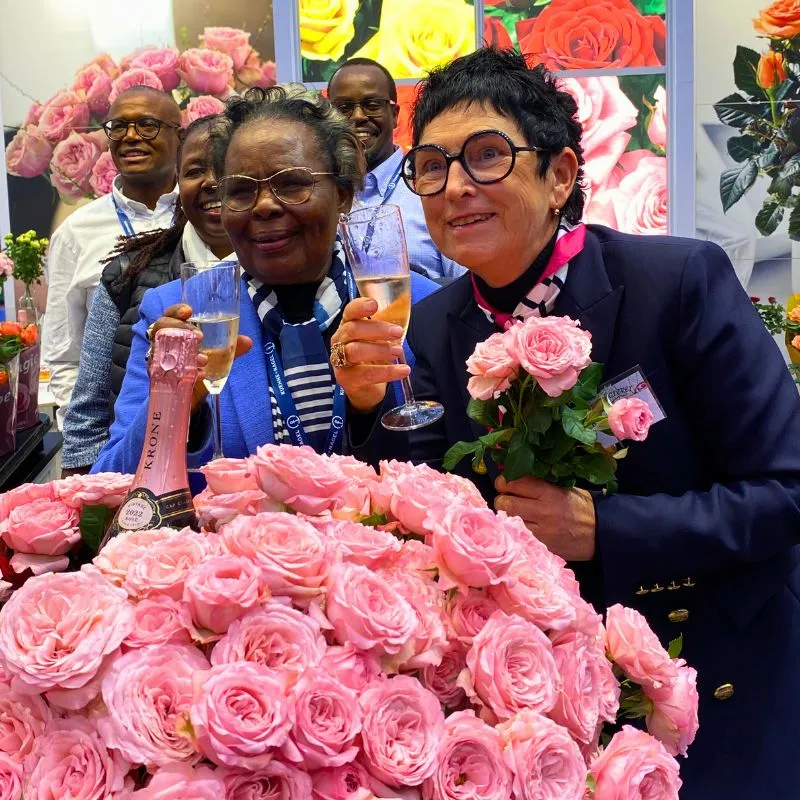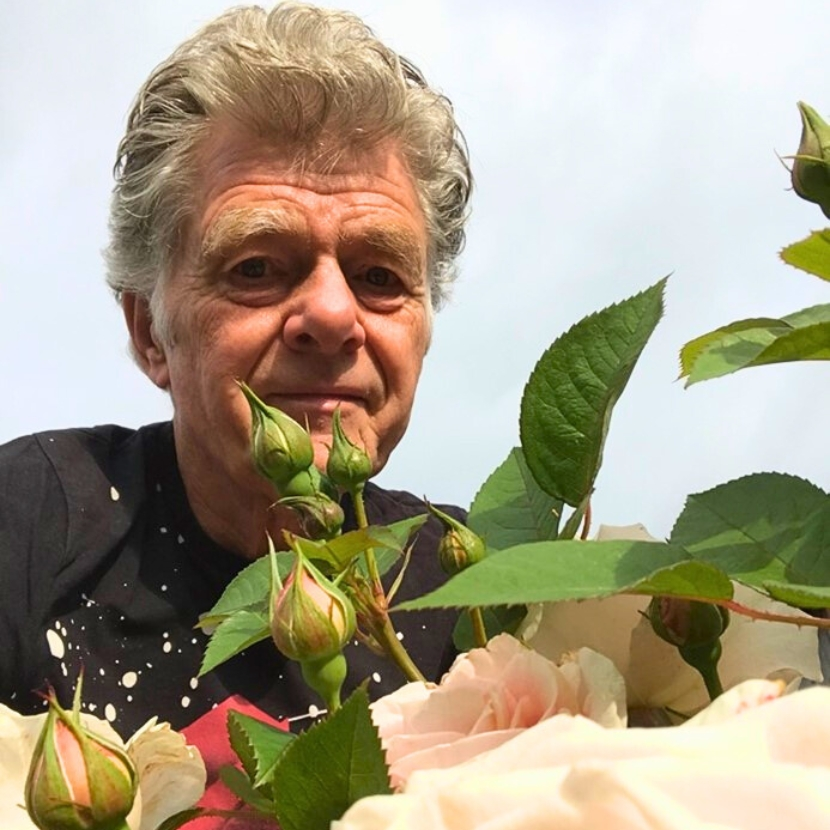Mid-page I stopped writing. I was completely lost. Since neither Father Dré nor Uncle Piet could speak French, the conversation with Monsieur Schmidt had been in German. Father Dré was there with his wife Sien, Mother Sien. Since they would drive on to the south in their big Volvo for a holiday, we had come in two cars. Monsieur Schmidt was a chain smoking gentleman, a true French host who, in anticipation, had had a special dinner prepared in a special restaurant. He was joined at the table by his (apparently new) girlfriend. There were different wines with every course, highlighted by hare that had been sated for several days. Since I was the youngest, I was served extra of everything. When finally I found myself in a big bed in a small hotel, I was drunk with the wines, the role of ‘commercial assistant’ and the dead hare. I did not sleep at all in the Auberge d’Imsthal.
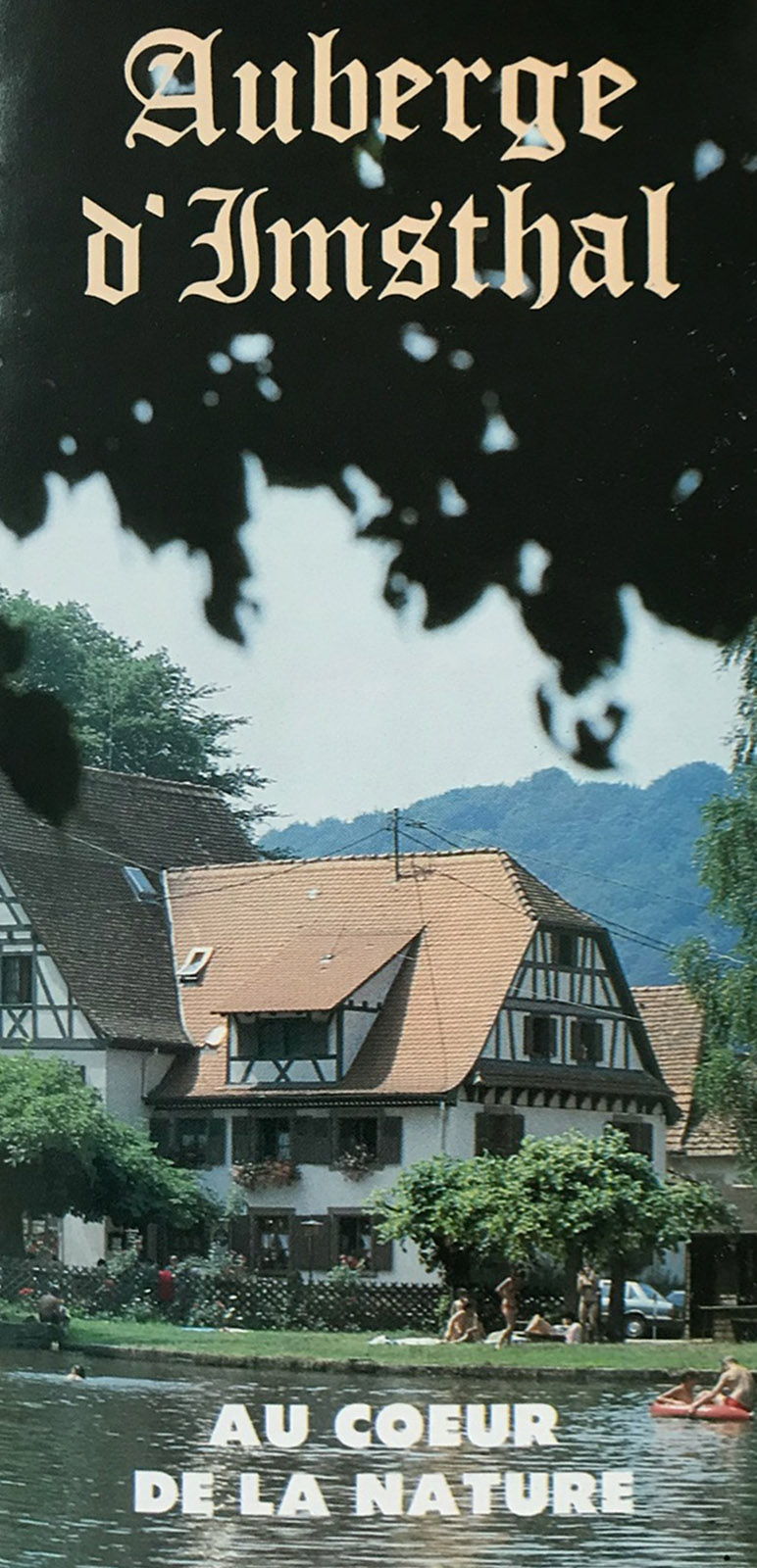
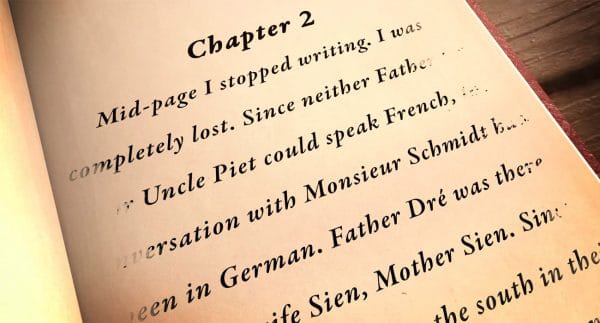
The next day, shortly after we said goodbye to our charming host and Father Dré and Sien set off in the opposite direction, I made my confession to Uncle Piet. “I must be honest with you, Piet, but this is not going to work out. I do not think I am the right person for the job. I have absolutely no clue what the discussion was about. The only thing I understood is that Monsieur Schmidt is looking to sell his business.” Nothing would ever disturb Uncle Piet, as I was to find out over the years, very unlike his twin. “Don’t worry,” he reacted, with his charming smile underneath his small grey moustache.
At the first coffee stop, he started drawing different types of rose plants, and explaining how, where and when these were made in order to produce cut flowers in glasshouses. Half-year-old bushes were made by the millions in the province of Limburg in the south of Holland, using Inermis rootstock that came from the northeast of the country, that were planted in rows in the field. After some time, an ‘eye’ of the flower producing variety was stuck on. The ‘eye’, Uncle Piet explained, can be found in every ‘socket’, the place where the leaf was connected to the stem. The new types of plants starting to be used were ‘cuttings’, in which the stems of the flower producing variety were cut in pieces to form their own roots and ‘stentlings’, in which part of the wild rootstock and a little part of the cut flower variety were stuck together. This was beyond my grasp.
Strange that one’s life can be 100% revolved in two days’ time: from teacher to student again. I was extremely fortunate to have Uncle Piet as a professor, calling it a day after this first lecture. I could have hugged him for stopping. I kept these plant drawings in my desk for years as a buoy on the wild sea of roses.

